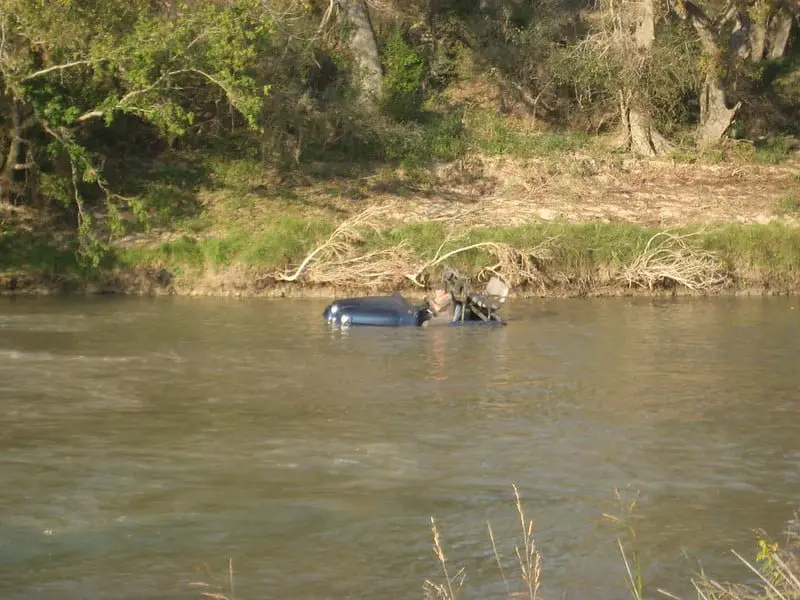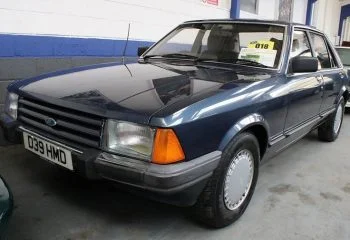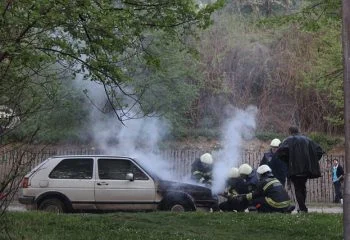Do you think your car’s engine might be hydrolocked? It can be difficult to tell if and when it might happen, but there are some common signs which could indicate that this is the case.
In this blog post, we’ll go through all of the symptoms associated with a hydrolocked engine, as well as what you should do should you find yourself in this situation. Keep reading to learn more!
What's in this post?
The Extent Damage Of The Hydro-Locked Engine
Low RPMs when water enters engine cylinders can cause major damage. If left untreated, the water can create intense friction between the components of the engine, leading to a complete stall and potentially catastrophic, permanent damage.
However, taking swift action – such as towering or replacing spark plugs – can ensure that only minor repair is necessary to restore the system.
By understanding the dangers associated with low RPMs and responding quickly in order to address any potential issues suggested by them, you can avoid serious damage and keep your vehicle running strong for years to come.
High Revolution Per Minute (RPM) of an engine can cause serious damage when too much water is entering the cylinders. The force created can lead to destructive consequences such as bending a connecting rod, cracking the crankshaft, breaking oil seals at the cylinder head, damaging bearings and other components, and even causing a total engine failure.
One way to help ensure this doesn’t happen is to make sure there are no leaks in cooling system components or other passages where water might enter the engine.
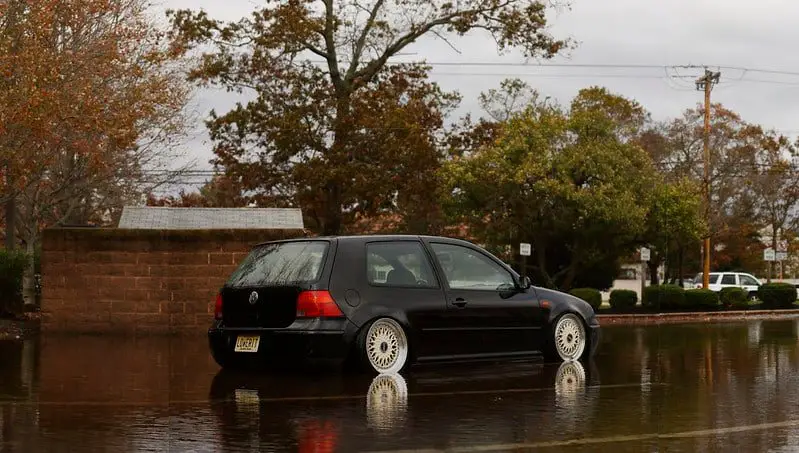
Hydrolock is an annoying and potentially dangerous phenomenon that can occur to an engine when there is too much water in the combustion chamber. If untreated, proper steps need to be taken or it can cause long-term corrosion damage.
Surprisingly, hydrolock can take place without the engine running, typically due to external conditions or situations such as a clogged exhaust pipe or lengthy exposure of the engine to rain or other forms of moisture.
Left unsolved, it can result in unwanted deterioration from stagnant liquid in the system or freezing of components. Because of this, it’s important to remove any excess water as soon as possible so that it does not have a chance to cause any permanent harm.
How To Fix A Hydrolocked Engine?
Once your car is at the mechanic, they will assess the damage and give you an estimate for repairs. If the damage is extensive, they may recommend replacing the engine entirely. However, if the damage is minimal, they may be able to fix it by:
-Draining the water from the cylinders
-Cleaning and drying all of the parts that were affected by the water
-Flushing the coolant system
-Replacing any damaged gaskets or seals
Once they’ve done all of that, they’ll be able to start your car and see if it runs properly.
What Is The Sign Of Hydrolocked Engine?
1. Suddenly engine stalling
Stalling is the earliest symptom of a hydrolocked engine. While you might assume that driving through deep water won’t cause any harm, in most cases it leads to more dire consequences if the car’s engine is positioned especially low. In this situation, the engine can suck up water and become damaged.
It’s possible for a vehicle to move for 50-100ft before it stalls, but at this point you’ll need help from a tow truck and skilled technician to diagnose any subsequent issues.
If luck is on your side and the engine has only been minimally impacted, there could be hope of getting the car running again with some repairs – but no guarantees
2. Engine won’t turn over
The inability to turn over a crankshaft with a socket wrench is a telltale sign that an engine is hydrolocked. Hydrolocking occurs when any foreign material such as water, gasoline, or chemicals seals off the cylinders inside an engine.
If the pistons should get stuck while they are full of pressure, they become impossible to move and the engine’s ability to turn over becomes severely impared. This deadly combination poses a major problem for drivers, especially if they are purchasing used cars at auctions.
By testing the engine with a socket wrench, one can usually detect hydrolocking instantly and avoid investing in a car without sufficient knowledge of how it works. Generally, buying a used engine is better than repairing a flooded one.
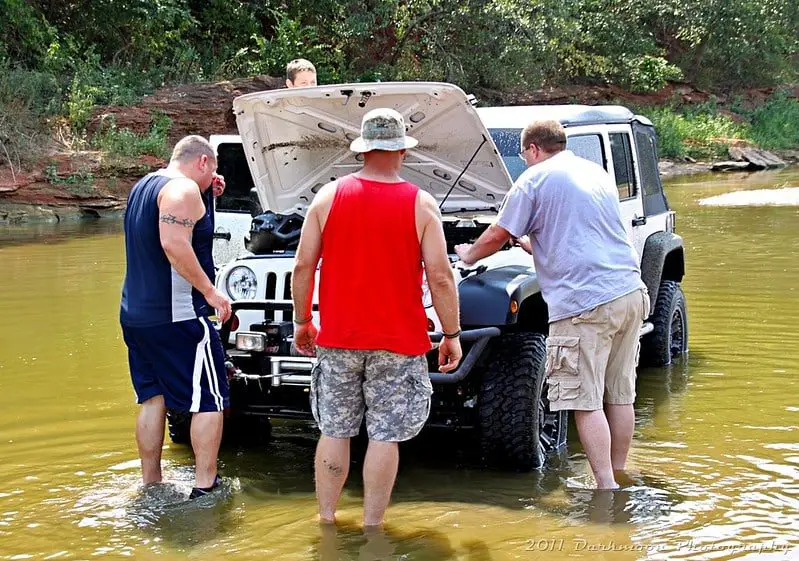
3. Clicking sound when trying to start the engine
When an engine is hydrolocked, it means that combustion chamber has filled up with excessive amounts of liquid, most often water or oil. As a result, the starter motor in the engine is unable to turn over and ignition is blocked.
The car will then click when attempts are made to start the vehicle due to sensors within the car itself. Aggravatingly, this clicking sound often gives the impression that the battery is simply flat or in need of a jump-start – when actually it’s something more serious preventing starting from occurring correctly.
It’s wise to take your car for repair as soon as you can after hearing these clicking sounds as putting off eventual repairs could lead even further damage to valuable components in your engine.
Causes Of Hydrolocked Engine
1. Water Leak
Hydrolock is a phenomenon that occurs when water enters an engine’s cylinder and compresses the pistons. It can be caused by water intrusion from an external source which can arise in several ways; for example, if a vehicle is backed into flood waters or through a damaged gasket, seal, or valve in the cooling system.
This leads to the piston not being able to efficiently compress air-fuel mixture, resulting in an abrupt stop of engine operation. In addition to being a major inconvenience and potentially costly, hydrolocking can also cause extensive damage to an engine if left unresolved, making prevention of this problem very important.
Cold air intakes are a popular upgrade for vehicles, but they need to be used with caution. Hydrolock – the situation in which water becomes trapped in the cylinder – can occur both when the engine is running and when it has stopped, although damage from the event is usually more severe during normal driving.
This can cause catastrophic damage to an engine and you should never attempt to start an engine which has hydrolocked until all of the water has been expelled. An ounce of prevention is worth a pound of cure when it comes to this issue.
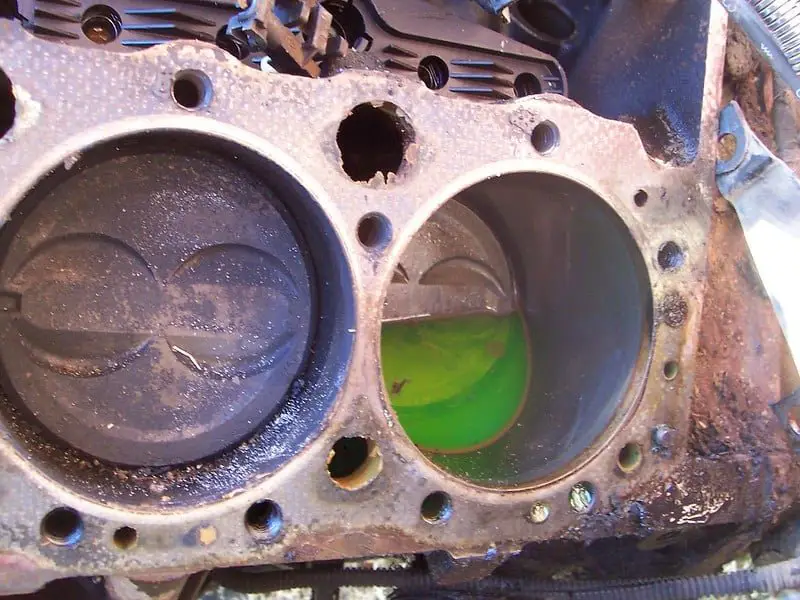
2. Coolant Leak
Hydrolock is a major risk that can occur when coolant enters an engine’s cylinders, usually the consequence of a damaged head gasket. It is particularly dangerous in a non-running engine where a moderate amount of coolant has the potential to do considerable damage. Too much liquid within an engine cylinder results in hydraulic pressure that overtaxes the connecting rods and crankshaft bearings.
If allowed to persist, such pressures can weaken components and ultimately lead to system failure; as such it’s important for vehicle owners to be aware of what signs might indicate coolant entering their engine so they can take preventive action before any serious damage is done.
The motion of the piston and connecting rod can continue upward in a vehicle’s motor until the coolant rises far enough in the cylinder head to stop it.
Technically known as “hydrolock,” this stoppage happens when enough momentum has been built up, but the consequences of such a situation are dire, with significant damage potentially inflicted on an engine’s internal components.
It is thus important for drivers to be aware of potential hydrolock situations, and to take steps to avoid them before they become a problem.
What Are Repair Costs For Hydrolocker Engines?
The cost of repairs for a hydrolocked engine will depend on several factors including the severity of damage caused and make/model of your car. Generally speaking however, expect repair costs to range anywhere between $2,500 – $10,000 depending on how extensive the damage is.
These costs can easily add up quickly if there are other parts that need replacing such as pistons or valves due to extensive pressure changes within the cylinders caused by hydrocaking.
Depending on your car insurance policy, some companies may cover all or part of these costs; make sure to read your policy carefully before filing a claim.
Conclusion
In conclusion, it is essential that you familiarise yourself with the main hydrolocked engine symptoms, in order to be able to identify them quickly and take the necessary steps should the unfortunate event occur.
Remember that once water has been drawn into your vehicle’s intake system, severe damage can occur in a very short amount of time – so it’s imperative to address it immediately. It is also advised to check your air and oil filters on a regular basis and replace them as soon as they show signs of wear.
Taking all these preventative measures help ensure that your car remains safe and performing optimally. Needless to say, prevention is always better than cure, so whatever you do – keep your head up and stay vigilant!

